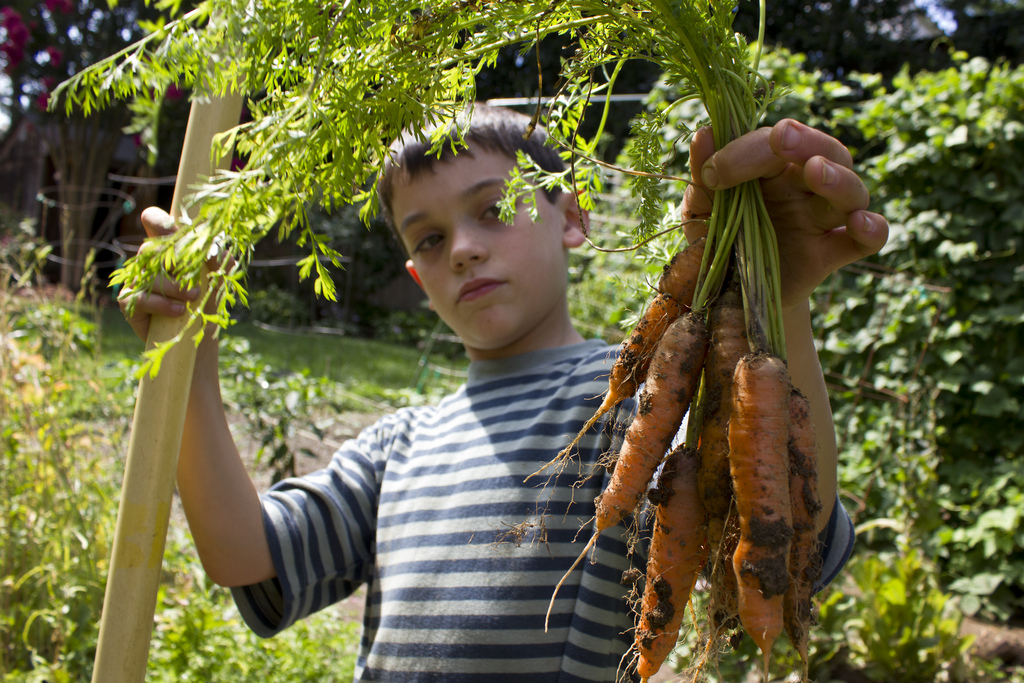
Summer is here, and that means more time in the great outdoors. It also means exposure to some different illnesses.
Here are some fairly common ones your kids might pick up this summer and what you can do to help ease symptoms and prevention tips. As with any illness, if symptoms persist or become severe, be sure to contact your pediatrician and keep track of any changes with your Kinsa smart thermometer, the world’s first thermometer with the ability to track temperatures and medications and also offer medical guidance on what to do if a fever is detected.

1 Coxsackie
A form of enterovirus, Coxsackie often leads to Hand, Foot and Mouth Disease – a nasty virus that often occurs in kids under 5.
Signs of Hand, Foot and Mouth:
- · Fever
- · Low appetite
- · Sore throat
- · Sores in mouth, developing 1-2 days after fever starts
- · Skin rash with red spots on palms of hands and soles of feet
- · May also develop a rash on knees, elbows, buttocks and genital area
What to do:
- · There’s no treatment for the disease – it will need to run its course
- · Keep kids hydrated, even if it’s difficult to swallow
- · Consider over the counter pain relievers (not Aspirin)
- · Certain mouthwashes may numb mouth pain
Prevention:
- · The illness is transmitted from one infected person to another via bodily fluids or via contaminated water
- · Be sure to wash hands often and clean frequently touched surfaces
- · Avoid contact with anyone infected with the virus

2. Croup
Croup is an infection of the upper airway, which leads to inflammation of the airway and obstructed breathing.
Signs of Croup:
- · Mucous in the airway
- · Noisy breathing and a hoarse, barking cough
- · Usually starts with cold symptoms
What to do:
- · Breathing moist air may offer comfort to your child
- · Give children over 6 months ibuprofen or acetaminophen for comfort
- · Make sure they drink plenty of fluids
- · Monitor their breathing, especially at night
Prevention:
- · Croup is transmitted through a virus that can be spread from an infected person to another
- · Most cases clear up on their own, but it’s a good idea to keep an infected child away from healthy children to prevent spreading

3. Lyme Disease
Lyme Disease is a bacterial infection transmitted by ticks.
Signs of Lyme Disease (often flu-like):
- · Fever
- · Headache
- · Fatigue
- · Skin rash
- · Muscle and joint aches
- · Chills
- · Untreated infections can spread to the joints, heart and nervous system
What to do:
- · Lyme Disease found early can be easily treated with antibiotics
- · If you suspect your child has been bitten by a tick, keep a close eye on them
- · Get your child checked early if there’s any chance of Lyme Disease
Prevention:
- · Lyme Disease is spread through insect bites, mainly via infected ticks
- · Use insect repellent when in the woods or grass
- · Search your children for ticks after they’ve been outside, and remove any promptly

4. Whooping Cough (Pertussis)
Whooping Cough, also known as Pertussis, is a highly contagious respiratory disease and is commonly spread at summer camp.
Signs of Whooping Cough:
- · Starts with a cold-like cough, runny nose and fever
- · Babies may develop apnea – a pause in breathing
- · Violent coughing, often uncontrollable, followed by a deep inhale that makes a “whooping” sound
- · Vomiting
- · Exhaustion
What to do:
- · It can be treated with prescribed antibiotics
- · If suspected, take your child to the doctor immediately
- · DO NOT give your child cough medicine
- · Make sure your child is drinking fluids and eating, especially if vomiting occurs
Prevention:
- · There is a vaccine for Whooping Cough
- · It can be transmitted from one infected person to another

5. Norovirus
The Norovirus is a very contagious virus that causes gastroenteritis, or the stomach bug. It’s often foodborne and causes your stomach and intestines to become inflamed.
Signs of Norovirus:
- · Diarrhea
- · Nausea/vomiting
- · Stomach pain
- · Fever
- · Head and body aches
What to do:
- · Ensure your child is properly hydrated
- · There’s no specific treatment; the virus will have to run its course
Prevention:
- · Wash hands regularly and ensure food is properly cooked and washed
- · Avoid being around someone who is infected with Norovirus

